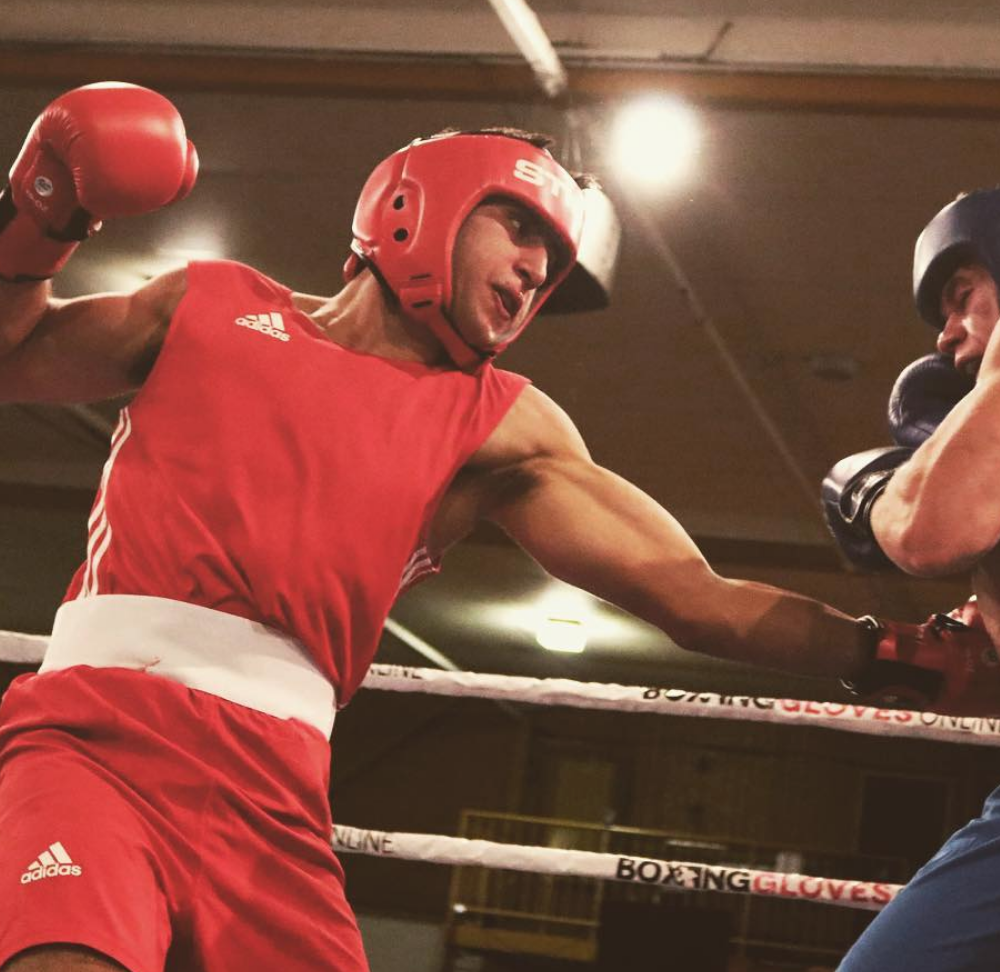Every individual we work with is an athlete, regardless of their sport, activity or skill level. Before you can improve one’s visual performance, you have to assess their visual abilities. The eye examination may discover areas to help improve visual skills and, ultimately, help individuals with performance. This is more than your basic eye exam – this is the start of better visual performance.
Paul Fotkou conducts comprehensive eye examinations, fits contact lenses and sports sunglasses, and treats injuries and disease for many of these athletes. He also helps both professional and amateur athletes gain a competitive edge with sports vision training and enhancement.
Paul works with athletes to enhance visual systems to achieve peak performance. His sports-vision evaluations go beyond the scope of even the most comprehensive eye examinations with additional testing.
A visual problem, rather than a lack of practice or mastery of the sport, may be hampering your performance. Do you:
- Fail to see the ball clearly;
- Have difficulty knowing where the ball or other players are at all times;
- Over or under estimate the distance of the ball, players or boundaries;
- Make similar mistakes over and over again;
- Lack noticeable improvement with practice; or
- Have trouble remembering plays?
If this sounds like you, book a comprehensive sports eye test with us today.

Vincent Schipani
National Golden Gloves Champion
"It's key as a boxer to find that cutting edge, allowing me to react in the quickest time. The team at Adelaide City Optometrist did more than just check my eyes. They were able to pin point the weakness in my eye coordination and focusing using the latest technologies. I can't believe the difference."
Important Visual Skills That Can Affect Performance
Case History
We commonly hear of athletes who have inconsistency in play, timing issues, struggle during stress, or not living up to potential. In addition, we hear about eye injuries, poorly fit eyewear, and more. All of this is part of a sport/activity – specific case history.
Visual Acuity
“Sharpness of vision”. Most athletes see better than 20/20 vision. If you are seeing 6/6, then you have room for improvement. Most athletes see 6/4.5 or better. Dynamic visual acuity is the ability to track an object in motion or an object while you are in motion. This, too, can be trained.
Contrast Sensitivity
“The degree of difference between tones”. Depth perception is made of both one eye (monocular) and two eye (binocular) cues. Depth should be assessed to assure how well both eyes work together. Distance depth perception is preferred.
Accommodation and Vergence
Accommodation is the “automatic adjustment of the focus of the eye”. Accommodation = focus. Vergence is the “simultaneous movement of the eyes toward or away”. Vergence = aim.
Fixation
“Concentrating the eyes directly on something”. For many tasks, elite performers have a steady fixation. This can be assessed.
Eye Movements
The ability to follow a slow moving target (pursuit eye movement) or a fast moving target (saccades), can be critical in certain sports/activities. There are multiple ways to assess eye movements and these are critical for performance.
Peripheral Awareness
Ability to be aware of what is going on in your periphery and being able to respond to it is key in sport/activities. Peripheral awareness may play an important part in concussion mitigation.
Eye-Hand, Foot and Body Reaction Time
“The length of time for a person to respond to a given stimulus”. Depending on the sport/activity, one’s eye-hand, eye-foot or eye-body reaction time may be critical. This can also be broken up into a simple reaction time or a complex reaction time, where one has to make a decision before reacting.
Anticipation Timing
The ability for one to expect or predict something. Often we look at this in relation to timing.
Balance
An ability to remain “upright and stead”. This is an integration of one’s visual, vestibular and proprioception. Often, one may assume that vision has nothing to do with balance, but it may be the key to balance issues. It may also be integral for sea and motion sickness.
Eye Dominance
While this is a popular topic to discuss, eye dominance is a measurement that is primarily informational only. For sports where only one eye will be used, this is an important piece of information. Because most other sports/activities are binocular, eye dominance has less of a role.



